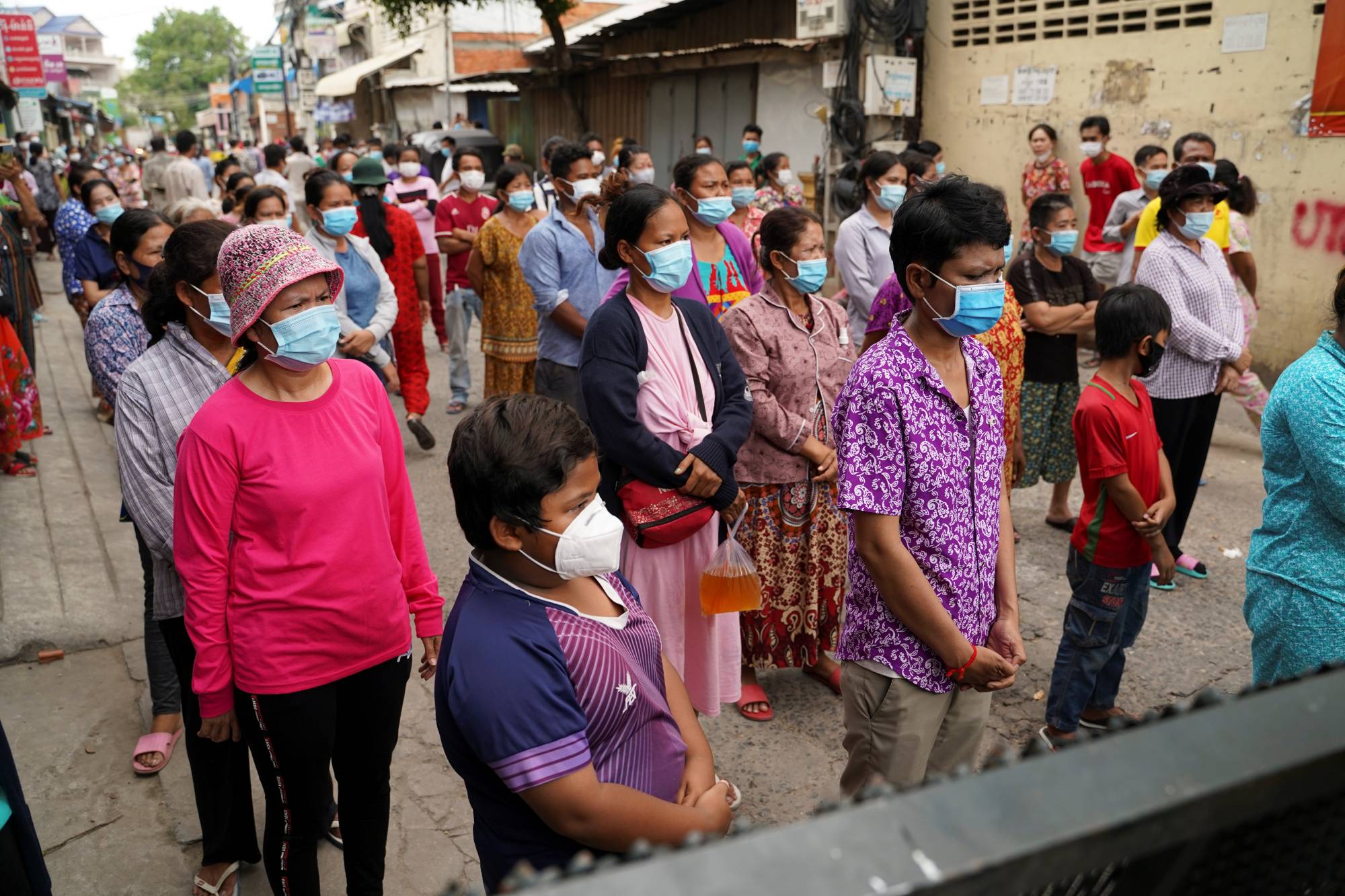Complacency, populism and poor infrastructure fueled a devastating second wave of COVID-19 in India, a disaster that has infected millions and wrought havoc well beyond its borders thanks to a new, more contagious variant. But none of those failings are unique to the country. So why are we not paying more attention to surges elsewhere in the neighborhood, in places no better equipped to contain a spike or track new mutations?
Alarm bells should be ringing across Southeast Asia. It’s bad enough in Thailand, Malaysia and even, to a more modest degree, Vietnam, all hitting record daily cases far worse than in earlier waves. Indonesia is edging toward 6,000 new daily infections, and the Philippines on Saturday announced over 6,800. It's too early to know if that's just a blip in a recent downward trend, or something more serious.
But a bigger concern should be the region’s poorer corners that, until now, had escaped the worst. Cambodia saw a surge so severe last month that leader Hun Sen said his country was "on the brink of death.” New infections have eased, but overall case numbers are now well over 24,000, from a 10th of that in early April.


















With your current subscription plan you can comment on stories. However, before writing your first comment, please create a display name in the Profile section of your subscriber account page.